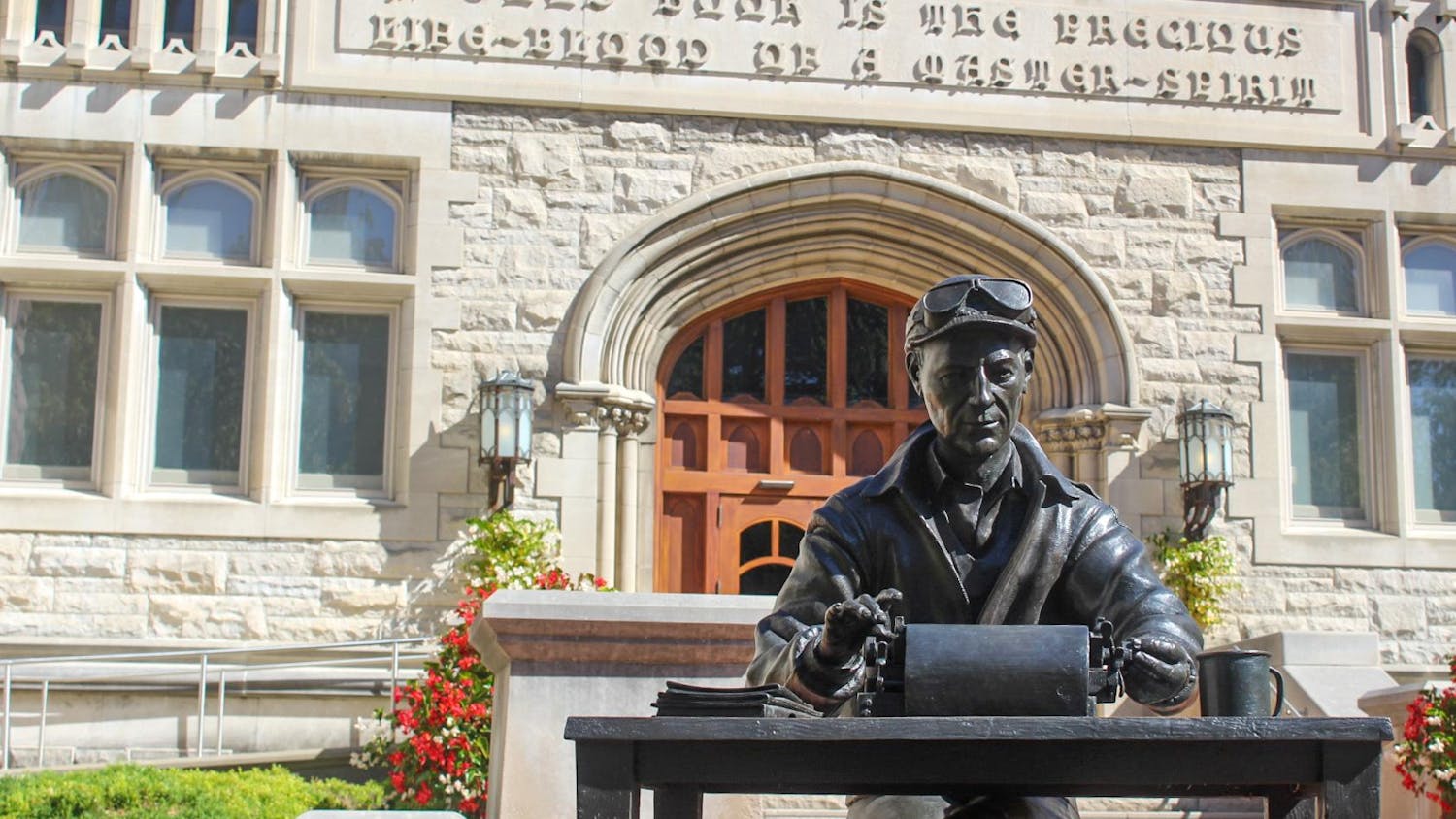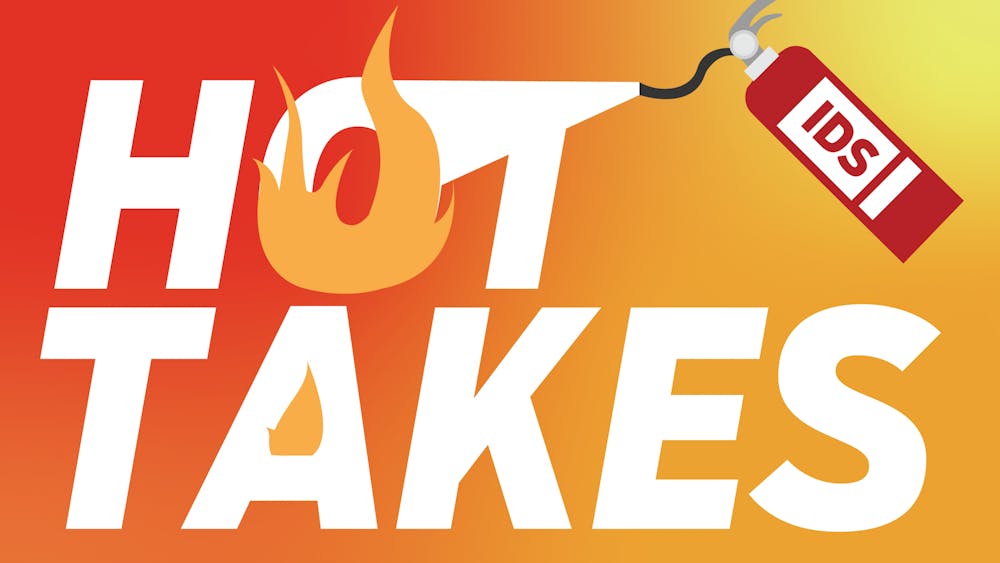Over the last two months, the New York Times has published a series of self-narratives about disability, opening with the essay “Becoming Disabled” by disability studies scholar Rosemarie Garland-Thomson.
The essay’s title sets up a progressive tone, but the subtitle asks the real question: “Roughly one in five Americans lives with a disability. So where is our pride movement?”
Disability is a diverse category that encapsulates disparate types of experiences. Physical disability represents a different lived experience from cognitive or developmental disability, and forms of mental illness often waver on classification as disability.
The lack of cohesion among these groups, in part, contributes to the nonexistence of the disability pride movement. The inaccessibility of forums for constructing a movement is another barrier to group organization.
There has been a rise in activism — especially self-advocacy — over last decades, but efforts have remained segmented and subdivided into separate disability groups, rarely, if ever, representing an all-encompassing disability community.
The New York Times series supports the construction of a collective disability identity because it allows people to connect through their shared experiences. Moreover, it provides an opportunity for people to relate their experiences for themselves, whereas disability often gets narrated through an outside lens.
For instance, it’s problematic that I am writing this piece, because I don’t have a disability myself. I have no connections with the disability community that can give me adequate authority to comment on the experience of having a disability.
The tendency toward external narration constitutes a central political and ethical issue in disability life writing. With the recent rise of the memoir has come a prolific output of parental writings about disability and coming-out stories about their children’s diagnoses.
These narratives establish a literal form of paternalism; parents inevitably represent their son or daughter as a child. This stagnant trajectory dates back over half a century to Pearl S. Buck’s 1950 prototype of the disability memoir: “The Child Who Never Grew.”
The most uncomfortable, even eerie, element of Buck’s narrative is that she never refers to her daughter Carol, who had a developmental disability, by name. Even when writing about Carol’s adulthood, she always calls her “my child” or “the child.”
Although we’ve made progress over the last 60 years, we as a society need to let go of paternalistic impulses and let people with disabilities narrate their own stories — with the resolute first person “I” as narrator and their own names printed boldly as author.
Admittedly, some cognitive disabilities can affect literacy capabilities, writing skills or speech, which affords people with certain types of disabilities unequal representation in self-narrative and advocacy. As such, one potential criticism of the New York Times series is that, so far, physical disability has received significantly more attention than cognitive disability. In fact, there has yet to be a contributed article from anyone with a cognitive or developmental disability.
This representation leaves incomplete the broad panorama of disability identity and reinforces the original question of whether there exists a unified disability community.
To reprise Rosemarie Garland-Thomson’s subtitle: One in five Americans lives with a disability. So why aren’t the other four paying attention to the disparate but decisive pride movements already extant in our communities and newspapers?
kmilvert@indiana.edu





